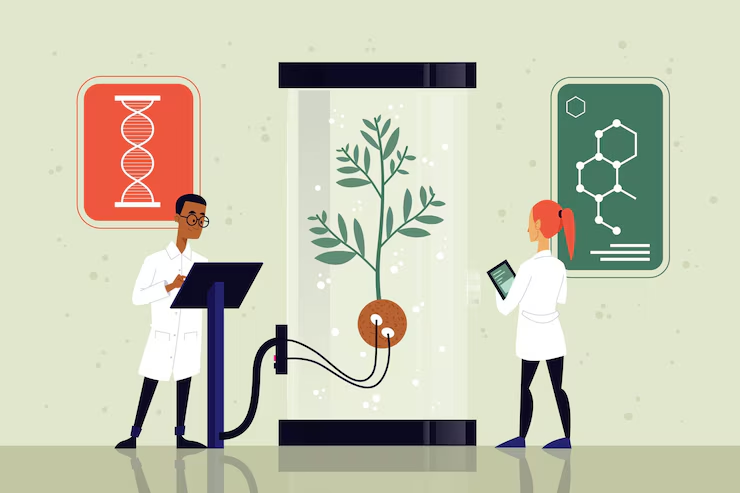
Synthetic Biology in 2025 is a transformative force, merging biology with engineering to design, build, and program living systems for real-world applications across health, energy, agriculture, and even computing.
What Is Synthetic Biology?
At its core, synthetic biology involves reprogramming organisms—often using modular genetic components like DNA “biobricks”—to perform novel functions, from producing vaccines to degrading plastic.
Key Focus Areas in 2025
1. Cellular Engineering & Biomanufacturing
-
Engineered microbes and cells produce drugs, flavors, textiles, and biofuels.
-
Companies like Ginkgo Bioworks, Zymergen, and Arzeda lead in custom cell programming.
2. CRISPR & Gene Editing 2.0
-
Next-gen CRISPR tools (e.g. CRISPR-Cas12, base editing) allow precise genome edits.
-
Used in therapy (e.g., sickle cell), agriculture, and diagnostics (e.g., CRISPR-based rapid tests).
3. Synthetic mRNA & RNA Circuits
-
Beyond vaccines, mRNA is now being used for cancer therapy, enzyme delivery, and temporary cell reprogramming.
4. Bio-Computing & DNA Data Storage
-
DNA is explored as a medium for long-term, dense data storage.
-
Synthetic circuits in cells perform logic and sensing tasks (e.g., detecting cancerous environments).
5. Artificial Cells & Minimal Genomes
-
Creation of minimal cells with only essential genes—designed from scratch for specific tasks.
-
May be used for smart drug delivery or environmental sensing.
Applications Across Industries
| Sector | Applications |
|---|---|
| Healthcare | Cell therapies, synthetic vaccines, biosensors |
| Agriculture | Nitrogen-fixing crops, engineered probiotics for livestock |
| Environment | Plastic-eating microbes, carbon capture via algae |
| Energy | Microbes that produce hydrogen, ethanol, or jet fuel |
| Materials | Spider silk, biodegradable plastics, fungal leather |
Cutting-Edge Trends
-
Programmable Probiotics: Microbiome-targeted therapies.
-
Living Materials: Structures that self-heal or sense environmental changes.
-
Gene Circuit Design Tools: AI-assisted design of gene networks.
-
Distributed Biofoundries: On-demand bio-manufacturing platforms, often cloud-connected.
Challenges
-
Biosafety & Biosecurity: Dual-use concerns and accidental release risks.
-
Ethical Debates: Human genome editing and synthetic embryos raise complex questions.
-
Regulatory Lag: Policies struggle to keep pace with technological capabilities.



